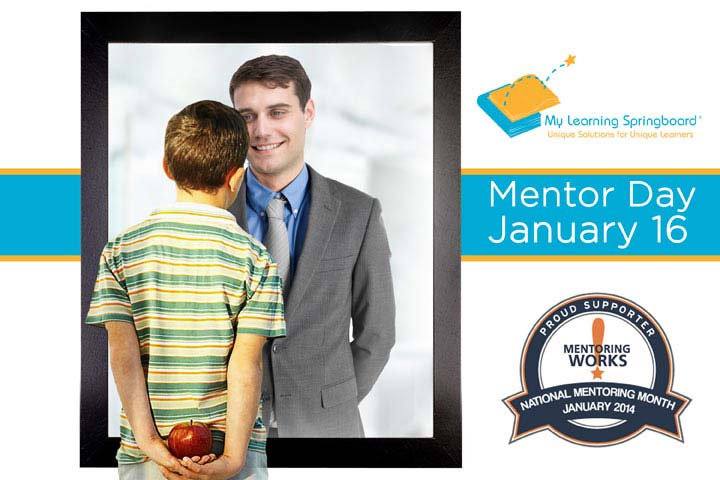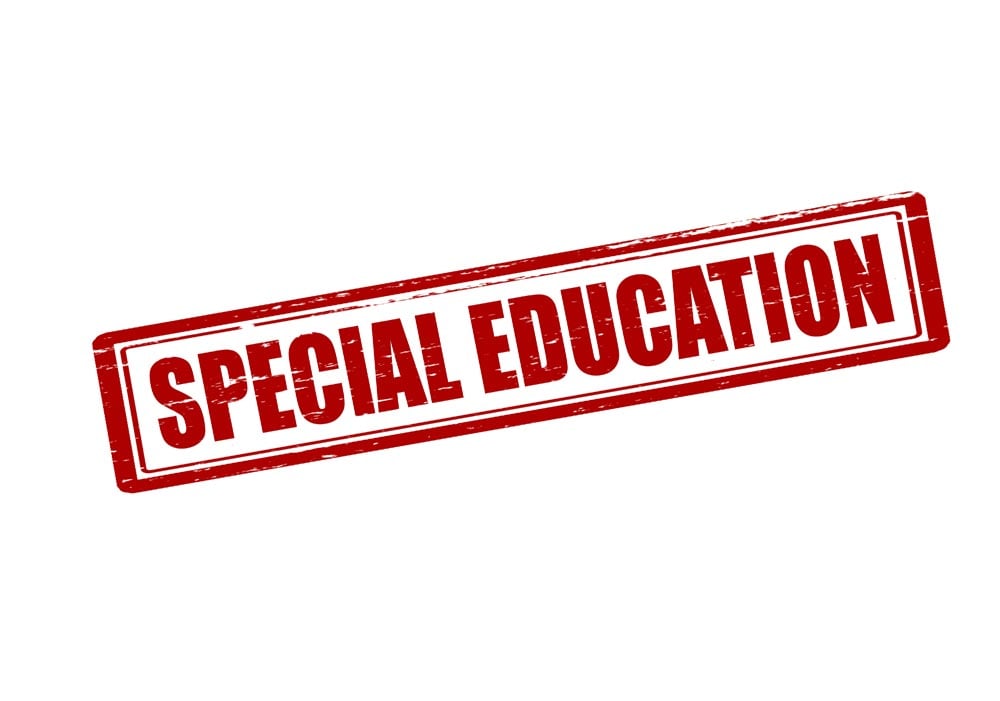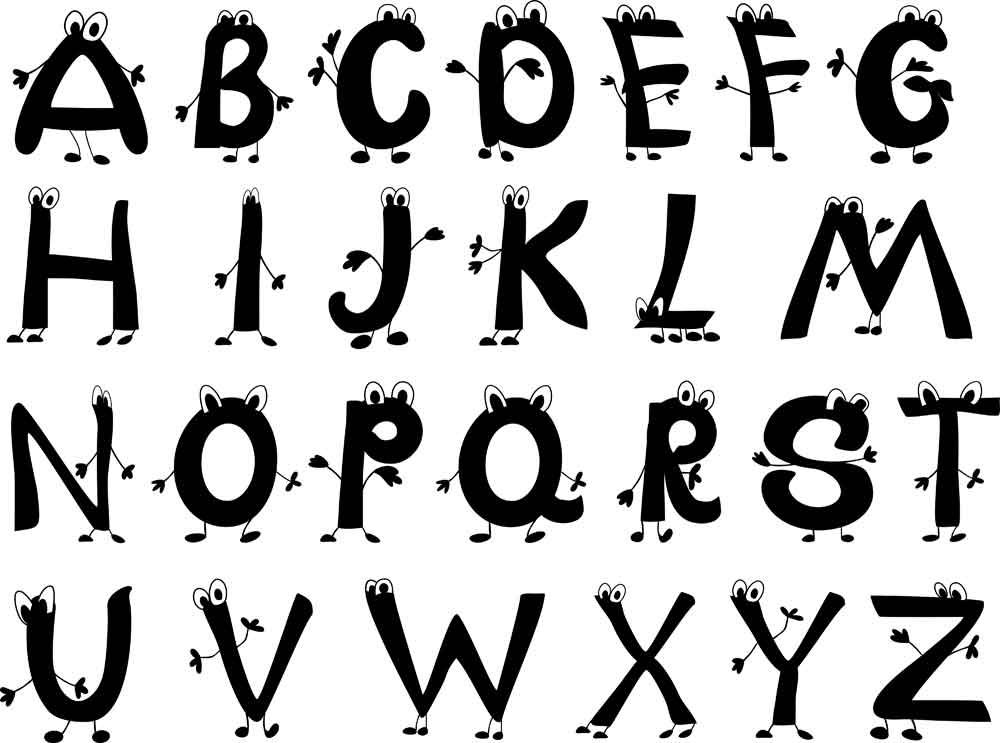 You can teach a student a lesson for a day; but if you can teach him to learn by creating curiosity, he will continue the learning process as long as he lives. ~Clay P. Bedford
You can teach a student a lesson for a day; but if you can teach him to learn by creating curiosity, he will continue the learning process as long as he lives. ~Clay P. Bedford
Can you remember your favorite teacher? Tour guide? Facilitator? What made that experience so memorable? January is National Mentoring Month, and we believe that those memorable experiences always come down to relationships and connections.
Passionate, engaging teachers tend to have passionate, engaged students. A master teacher really makes a difference. A master teacher is invaluable at all stages of life. With the help of a great teacher, mentor or coach, we can push ourselves that much farther and realize our full potential.
It isn’t about competition with others; it’s about self-empowerment, self-motivation, curiosity, and a desire to achieve for one’s own gratification. Tutoring comes in all shapes and sizes. Beyond school consultation, we generally work with families for one of three reasons:
- A student is struggling in a particular subject area and needs help to fill a learning gap or reinforce material.
- A student is seeking additional challenge or wants to pursue a specific curiosity with an enrichment teacher or academic coach.
- With busy schedules and stressful workloads, the homework and study front is sometimes best facilitated by a neutral 3rd party rather than a parent.
Ultimately, the goal is to help students develop effective studying strategies and confidence that will lead to self-empowerment and independence. Whether the focus is support or enrichment, tutoring may be short-term to jump-start the process or long-term to provide more ongoing instruction. In the case of short-term tutoring, students often need a teacher, mentor or coach to help them springboard into success.
A common question is “How long does it take to create a habit?” There are varying opinions ranging from 21-66 days. But the bottom line is that consistency and practice are needed for any habit or behavior change to stick. This idea applies to tutoring as well. If a student needs support to develop organizational systems, study habits, or new behaviors, then tutoring may be a short-term engagement to help get on the right path and take off.
Tutoring may also be short-term if the learning goal is narrow. For example, you may want to spend several sessions with a language tutor getting ready for an upcoming vacation, business trip or study abroad experience. Or you may want to meet with a museum educator to help bring a historical unit to life. Other students have sought out short-term support to prepare for a specific exam or to expedite progress in a particular area. Longer term tutoring may begin as specific academic support but then evolve into broader academic coaching.
Once the relationship is developed, my students often request that the tutor stay on as a resource for continued support, enrichment, motivation and structured practice. I’m so impressed with how much ownership our students assume. We have students as young as fifth and sixth graders that directly manage scheduling, send text messages when they have questions and prepare the agenda and work priorities for the upcoming session. As a teacher, you can choose to be the “Guide on the Side” or the “Sage on Stage.” Both have their time and place, but more often than not we look to be the “Guide on the Side” because that means our students are equal partners in the process.
As a classroom teacher, my colleagues and I used to say that an “A” has 3 points: 1) the student’s accountability, 2) the teacher’s accountability, and 3) the parent’s accountability. Another way of saying this is “my job, your job, our job.” When all 3 points are working together, a student’s achievement is unstoppable! Contact us to discuss tutoring as a springboard to achievement for your child.
Happy National Mentoring Month!
By Brad Hoffman, M.S.Ed.Board Certified Educational Planner and Learning Specialist
My Learning Springboard
 So, you are ready to take on the seemingly monumental task of beginning your
So, you are ready to take on the seemingly monumental task of beginning your  I was once asked to
I was once asked to  By Marcia Brown Rubinstein
By Marcia Brown Rubinstein